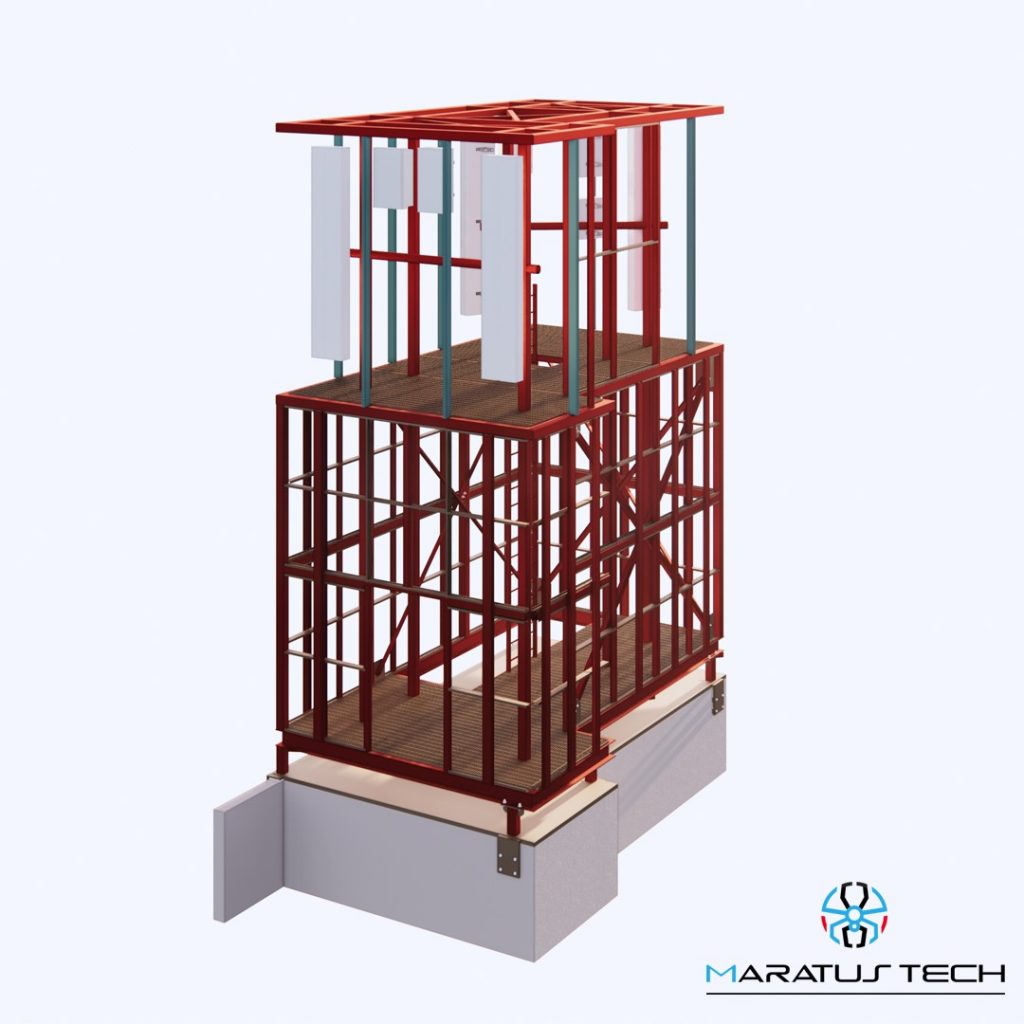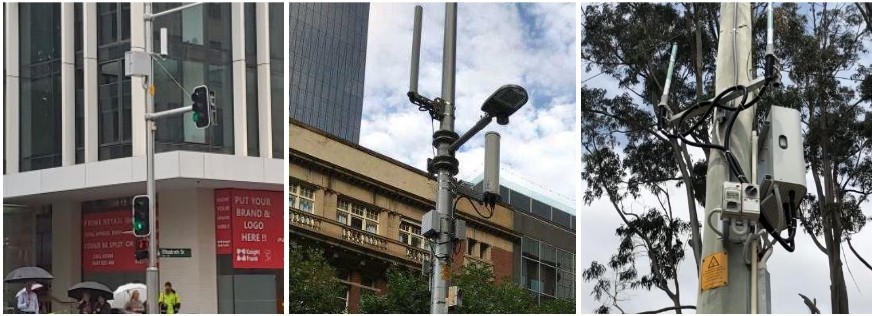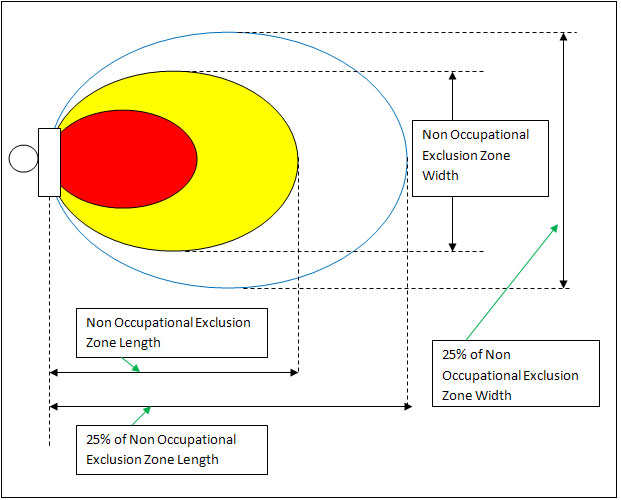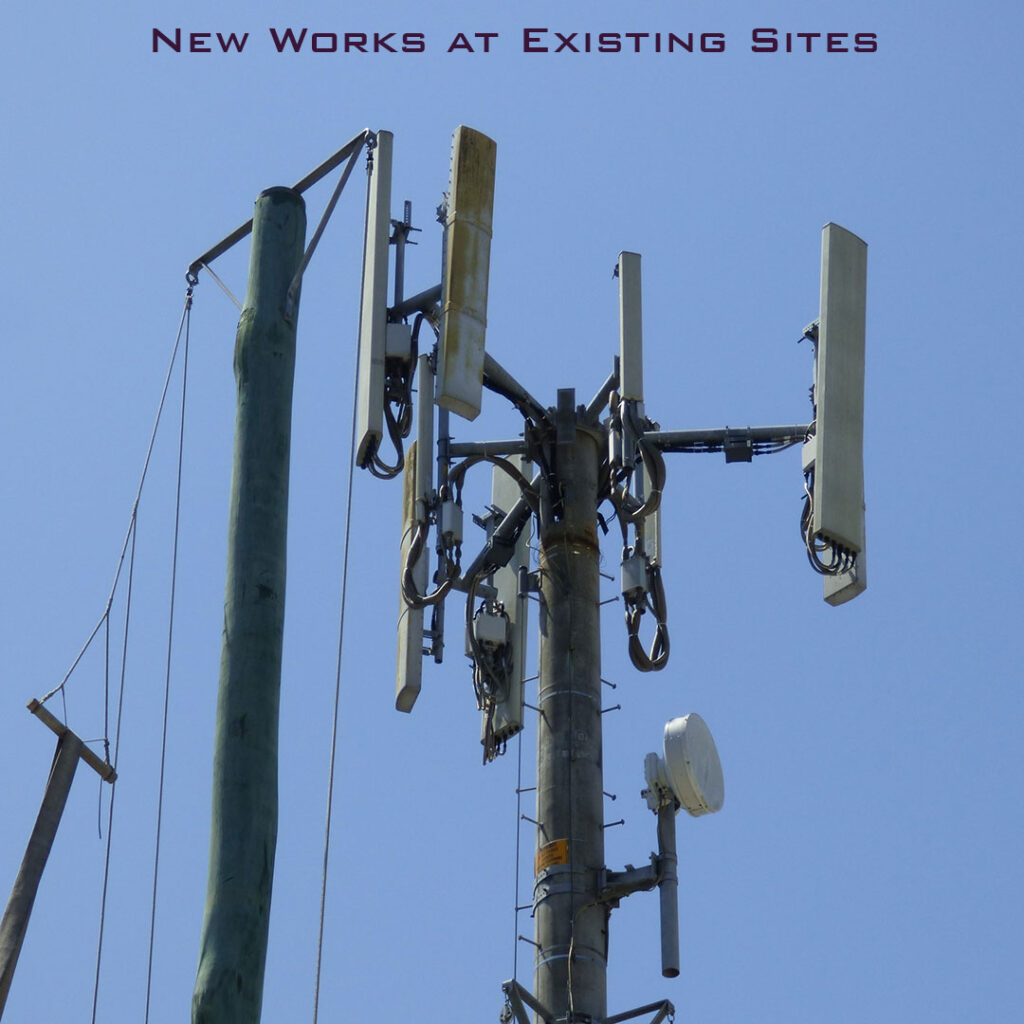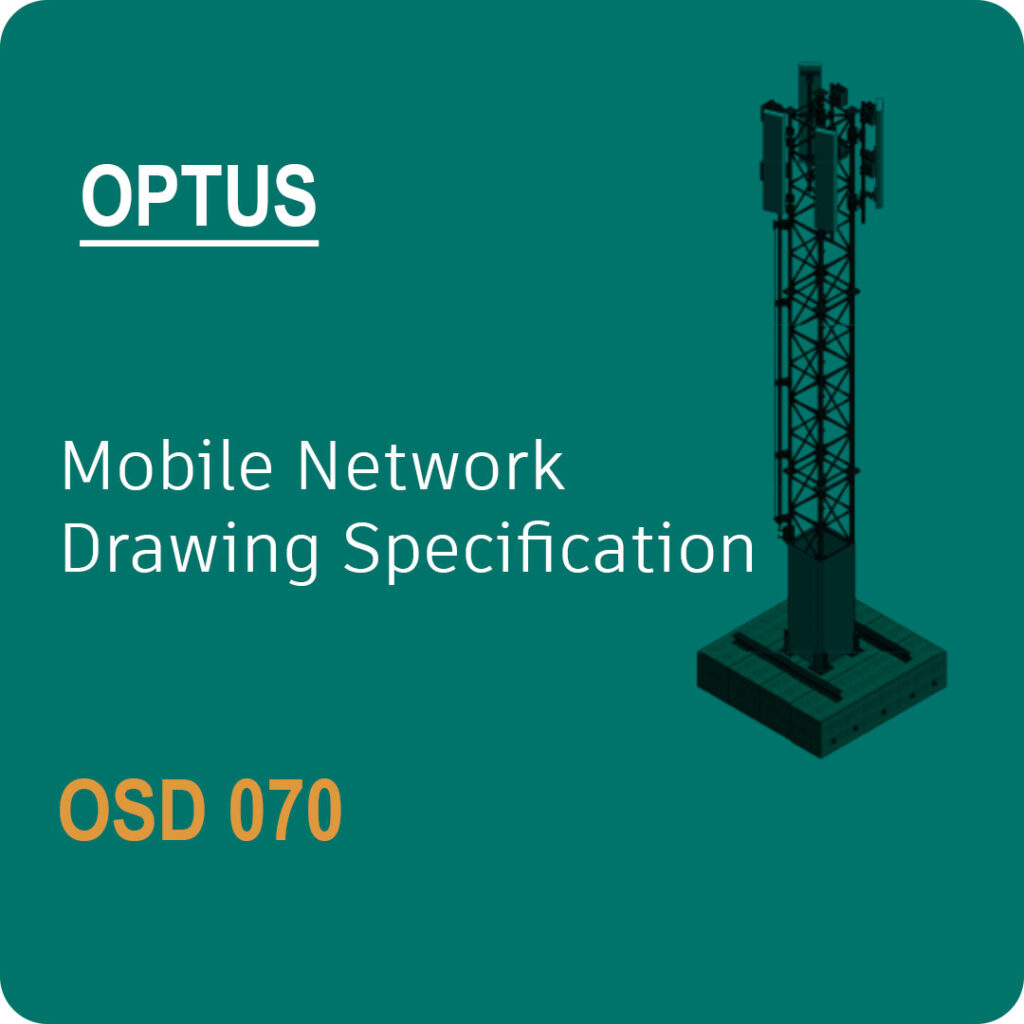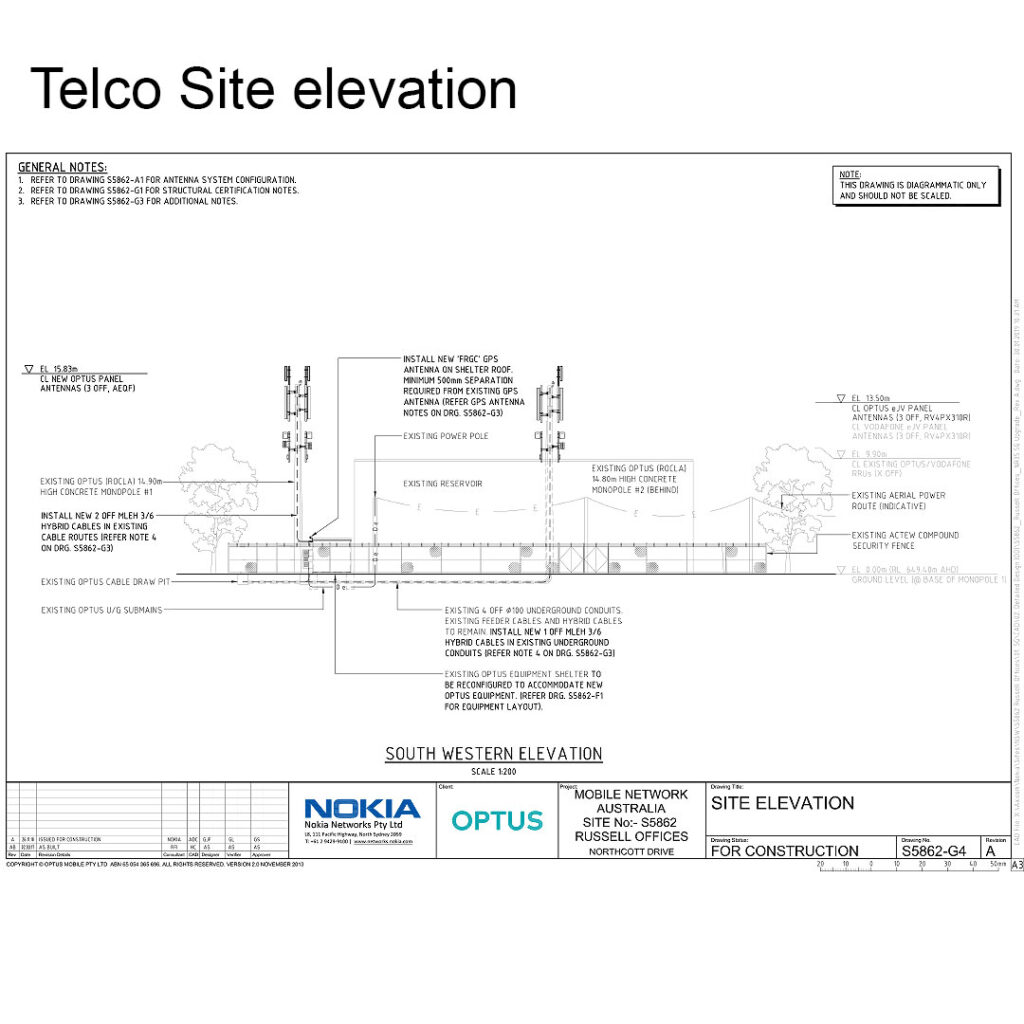Blog
Essential As-Built Redline Drawing Requirements in the Telco Industry
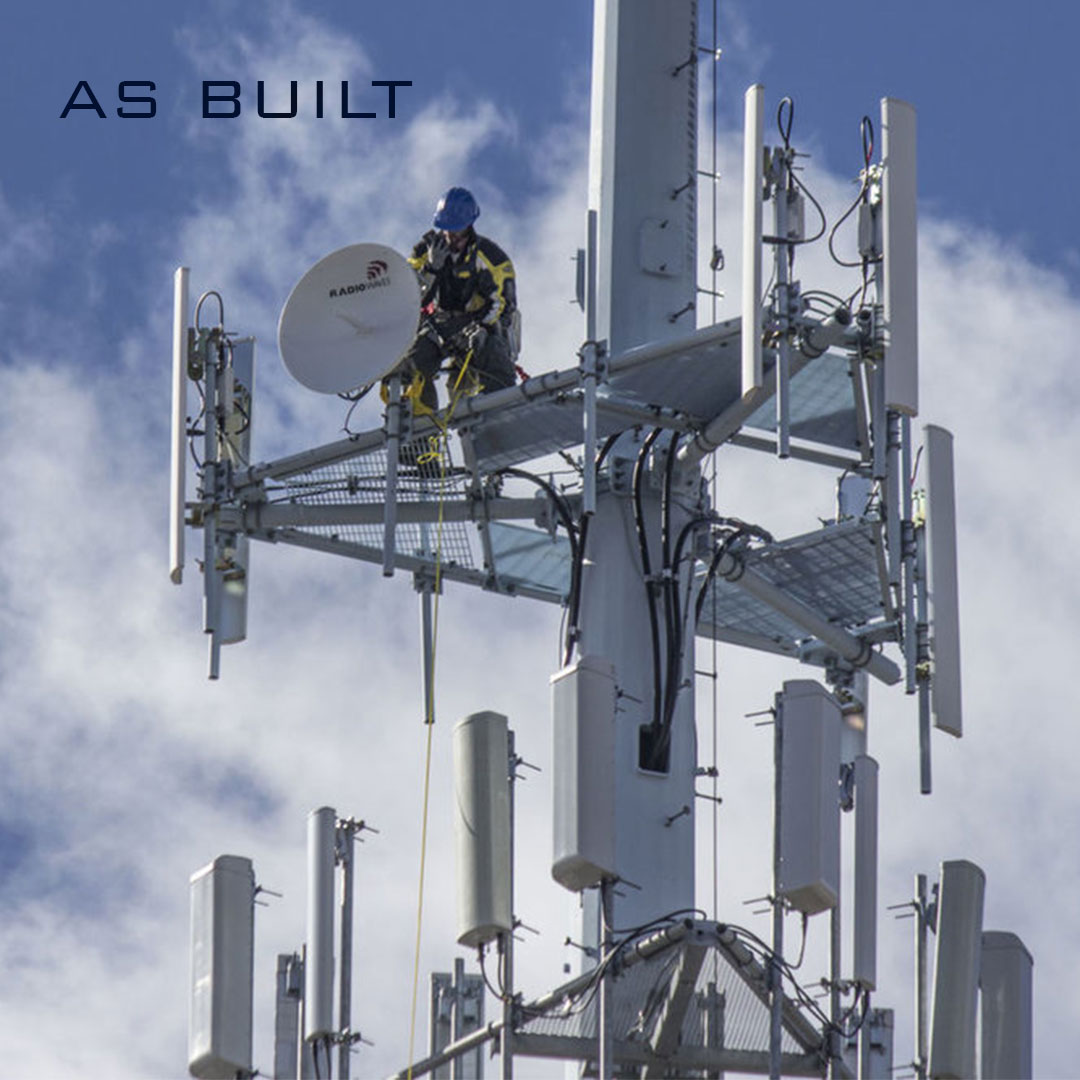
As-built redline drawings are crucial for the telecommunications industry, ensuring accurate documentation of installed infrastructure and compliance with regulatory standards. These drawings capture any deviations from the original design and provide a clear record of the actual installation. In this blog post, we’ll explore the essential requirements for as-built redline drawings in the telco industry, highlighting best practices for accurate documentation and compliance.
What are As-Built Redline Drawings? As-built redline drawings are detailed records of the final installed state of a project, reflecting any changes made during construction. These drawings are marked up with red ink or digital annotations to indicate deviations from the original design, providing a clear and accurate representation of the completed work.
Key Requirements for As-Built Redline Drawings:
- Accuracy:
- Ensure that all changes from the original design are accurately documented, including the exact locations and dimensions of installed equipment and infrastructure.
- Clarity:
- Use clear and concise annotations to indicate changes, avoiding ambiguity and ensuring that the drawings are easily understandable.
- Compliance:
- Adhere to industry standards and regulatory requirements for as-built redline drawings, including any specific guidelines set by local or national telecommunications authorities.
- Timeliness:
- Complete and submit as-built redline drawings promptly after the completion of the project to ensure timely review and approval.
- Detail:
- Include all relevant details, such as equipment types, serial numbers, cable routes, and termination points, to provide a comprehensive record of the installation.
Best Practices for Creating As-Built Redline Drawings:
- Use Standard Symbols and Conventions:
- Follow industry-standard symbols and conventions for annotations to ensure consistency and readability.
- Incorporate Digital Tools:
- Utilize digital tools and software for creating and managing as-built redline drawings, enhancing accuracy and efficiency.
- Coordinate with Stakeholders:
- Collaborate with project stakeholders, including engineers, contractors, and regulatory authorities, to ensure that all relevant changes are accurately documented.
- Review and Verify:
- Conduct thorough reviews and verification of the as-built redline drawings to ensure their accuracy and completeness before submission.
Conclusion: As-built redline drawings are essential for the telecommunications industry, providing accurate documentation of installed infrastructure and ensuring compliance with regulatory standards. By following the key requirements and best practices outlined in this guide, you can create clear, accurate, and compliant as-built redline drawings for your projects.


